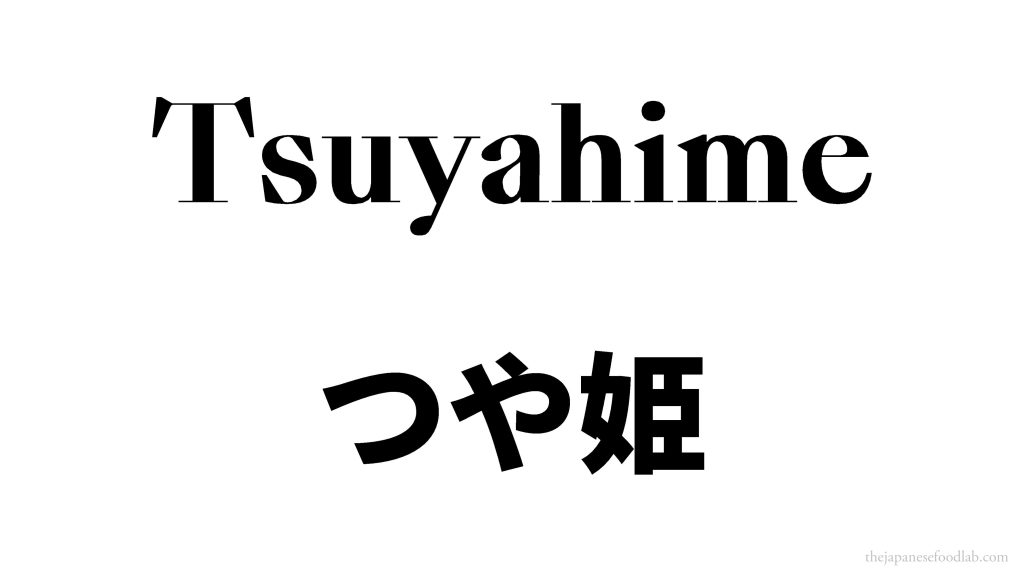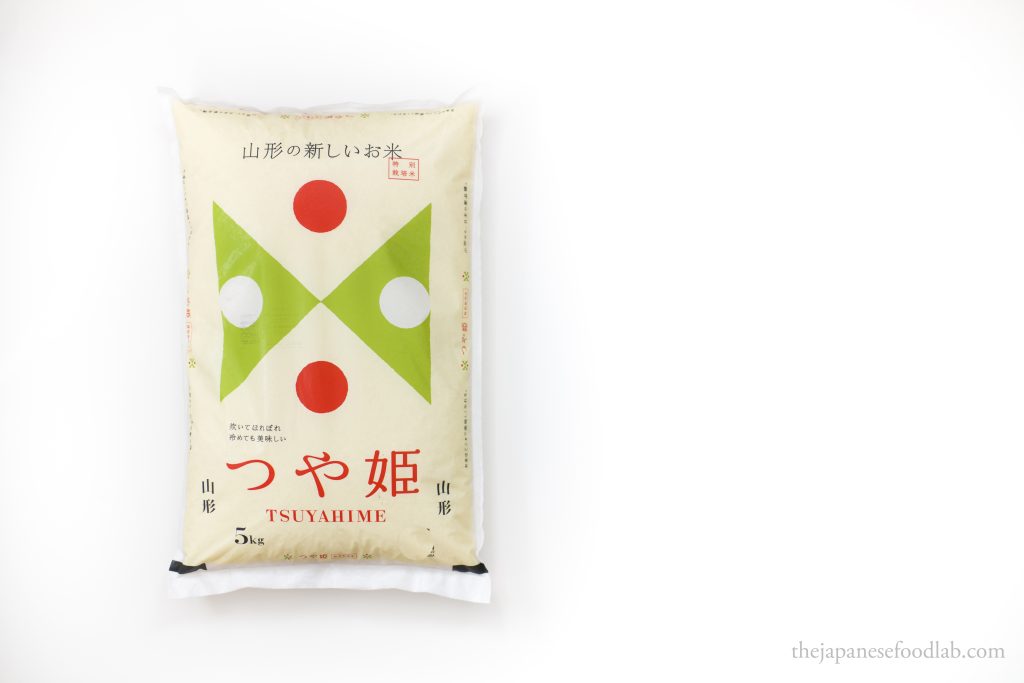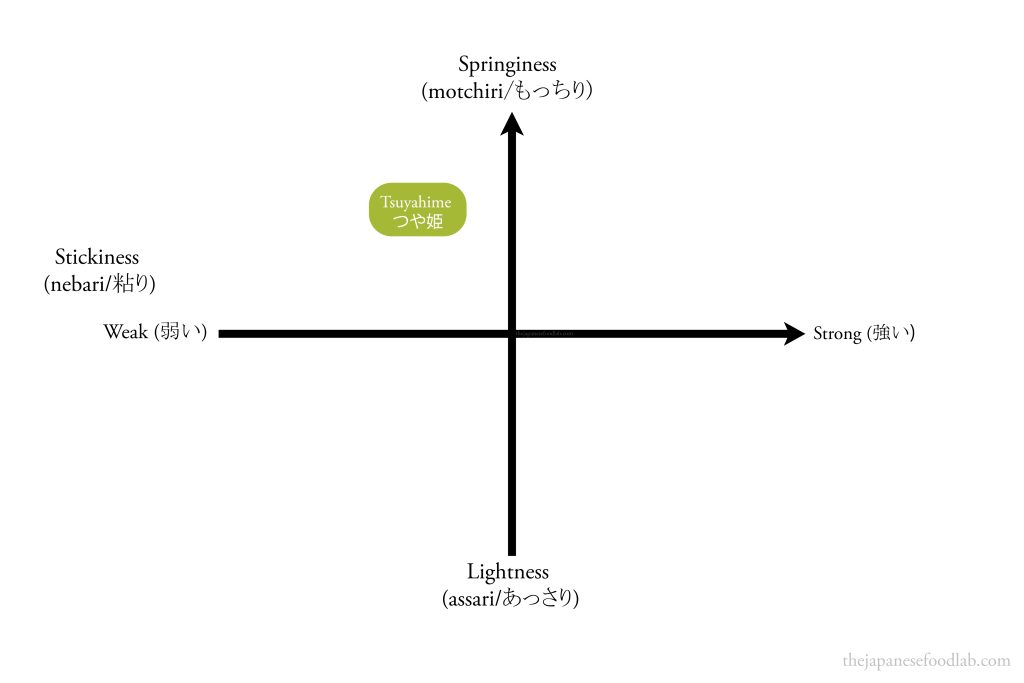
To find out more about other varieties of Japanese rice, see our main page.
Why is Tsuyahime rice special?
One of the most well regarded varieties of rice to have burst onto the scene in recent years, Tsuyahime was developed and bred in Yamagata prefecture (山形県). Alongside Yukiwakamaru, they make up Yamagata’s flagship rices, showcasing the best the prefecture has to offer whilst each maintaining their own contrasting styles.
The signature characteristic of Tsuyahime rice is its white sheen even without polishing the grains. Its taste has been described as pure and delectable, with a soft mouthfeel attributed to its uniquely even sized grains.
Whilst these characteristics are partly due to the variety itself, they also represent the systems surrounding the production of Tsuyahime which allow for consistently high quality results to be achieved. For example, Tsuyahime can only be cultivated in designated areas authorized by local growers. In order to obtain this designation, a strict set of criteria set by the Prefectural Governors Tsuyahime Brand Planning and Promotions Department (ブランド化戦略推進本部長) must be met.
Further information about Tsuyahime rice
In addition to having to meet the criteria above, Tsuyahime rice can only be cultivated in farms that do not employ the use of any artificial fertilizers or chemicals. After harvesting, they also take steps to regulate the quality of the rice, such as carrying out sampling tests to ensure that only rice with less than 6.4% of protein is labeled as Tsuyahime rice. A high percentage of protein can detract one’s taste from the inherent sweetness of the rice. Therefore, this ensures that if the bag of rice carries the Tsuyahime label, its sweetness and quality is ensured.

Tsuyahime’s name and logo design concept
The name Tsuyahime (つや姫) translates to a courageous princess and takes inspiration from a legendary japanese princess known for her bravery and spirit.
The logo for Tsuyahime draws on the ※ symbol as a motif. In Japanese, this symbol is called Komejirushi
(米印/こめじるし) and is used in Japanese texts to introduce comments and remarks. The symbol was then modified to incorporate elements that remind people of Yamagata as a land surrounded by mountains at dawn. The idea behind having such a minimalist yet impactful logo was in order to catch the eyes of customers when displayed in stores.
Tsuyahime’s Japanese Grain Inspection Association Ranking
Since it first appeared on the market, it Tsuyahime rice has achieved the remarkable feat of obtaining the highest rating of Special A (特A) every year, making it an exceptional rice.

How does Tsuyahime rice taste?
We recommend reading our article on how rice is evaluated in Japan and our in depth discussion on how rice selection charts work to better understand this section.
Tsuyahime ranks amongst one of our top favorite rices and was actually recommended to us by a friend living in Australia who still received rice yearly from her mother who lives in Japan.
On the palate, the rice has a gentle sweetness accompanied by a clean yet substantial taste. Its texture is firm and steady, making it a rice most suited for evening meals accompanied by more hearty and warm dishes. Its mouthfeel is not very sticky, allowing one to enjoy the consistency of each grain of rice.
It’s a rice that definitely sits on the springiness end of the rice spectrum and has less than average stickiness. Goes especially well with fried dishes such as tendon.